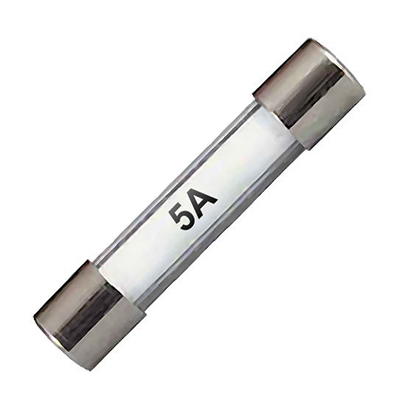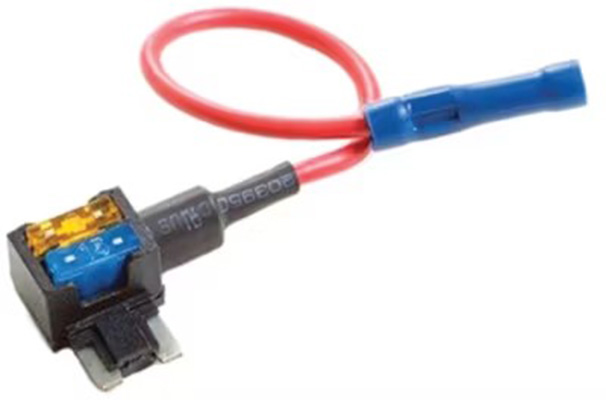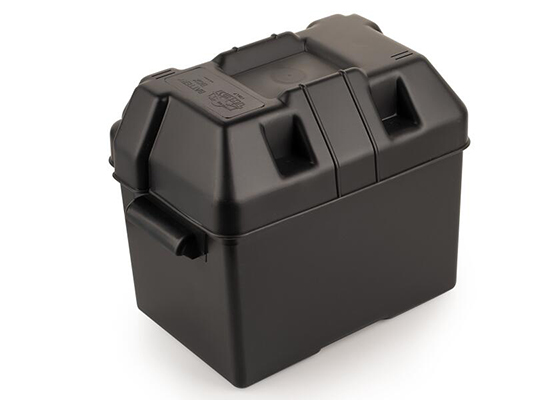The Role of Glass Fuses in SUV Air Conditioning Circuits
News 2025-10-27
Glass fuses are critical safety components in electrical systems, designed to protect against overcurrent by melting a internal wire when excessive current flows. In SUV air conditioning circuits, they safeguard sensitive elements like compressors and control modules, preventing damage that could disrupt cooling performance or cause safety issues. Their compact design and reliability make them ideal for automotive applications, where space constraints and durability are key concerns.

Application Scenarios
In SUV air conditioning systems, glass fuses are commonly placed in power lines for components such as the blower motor and climate control units. They protect against faults in high-demand scenarios, like during extreme weather conditions when the AC operates at full capacity. This application ensures consistent performance in various driving environments, from city traffic to off-road adventures, by isolating electrical issues without affecting the entire vehicle system.
Performance Advantages
Glass fuses excel in SUV AC circuits due to their fast response to overcurrent, minimizing risk of heat buildup and component failure. The transparent casing allows easy visual checks, speeding up maintenance and reducing downtime. With precise current ratings and resistance to vibration, they offer dependable protection in the harsh automotive setting, enhancing overall system longevity and efficiency without adding significant weight or cost.
Frequently Asked Questions
1. What is a glass fuse?
A glass fuse is an electrical device with a glass body containing a metal wire that melts to break the circuit during overcurrent events.
2. Why use glass fuses in SUV AC systems?
They provide accurate overcurrent protection and are easy to inspect, ensuring reliable operation of AC components in demanding conditions.
3. How to identify a blown glass fuse?
Look for a broken wire or discoloration inside the glass; a multimeter can confirm continuity loss for accurate diagnosis.


